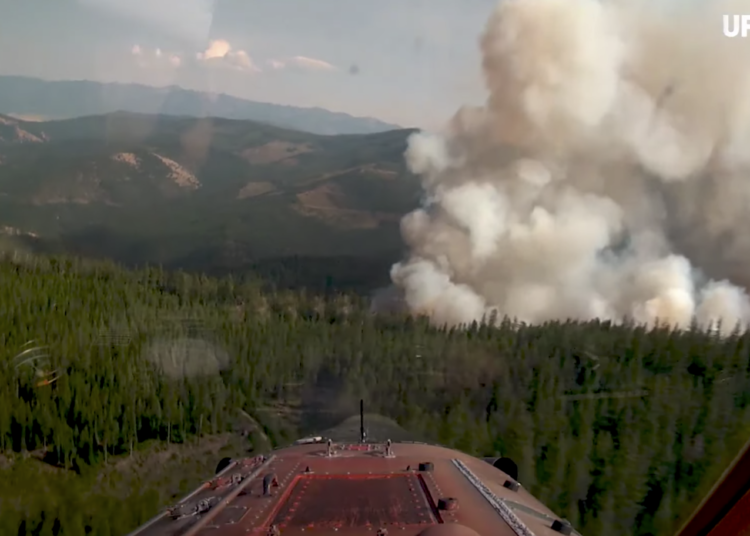The critical rural fire season which mobilises the largest number of firefighting resources, ends on Thursday, with the lowest number of fires and the second lowest number of burnt areas recorded in the last decade.
In the last three months, the rural fire fighting system was at its maximum capacity, with 12,058 operatives, 2,795 teams, 2,656 vehicles and 60 aerial means on the ground, in the so-called ‘reinforced – level IV’.
The latest available data indicates that there were 7,114 rural fires this year which resulted in 26,833 hectares (ha) of burnt area, with 2021, so far, being the year with “the lowest number of fires and the second lowest amount of burnt area since 2011”, according to the Ministry of the interior.
Most of the fires that broke out this year were small and consumed an area of less than a hectare, with only two fires, in the municipalities of Castro Marim and Monchique, in the Algarve, with a burnt area greater than or equal to 1,000 hectares.
The latest report from the Institute for Nature Conservation and Forests (ICNF) indicates that the fire that started on 16th August in the borough of Castro Marim, in the Faro district, was the one that resulted in the largest area burnt, totalling 6,679 hectares, with the fire in Monchique, which broke out on 17th July, devastating 1,915 hectares.
According to ICNF, most of the rural fires recorded this year were caused by the negligent use of fire, such as burning to clear land and arson.
After the most critical season ends today, combat resources will be reduced from Friday when the level of operational commitment called “strengthened level III”, according to the National Operational Directive (DON), which establishes the DECIR.
During the first fortnight of October, up to 9,8958 operatives from 2,280 teams and up to 2,115 vehicles from the various agents present on the ground and up to 60 airborne resources will be on the ground.
The National Network of Watch Posts to prevent and detect fires will continue with 230 watch posts until 15 October.
In the second half of October, the DON foresees a further reduction in firefighting resources.
Read more on this story at Macau Business






